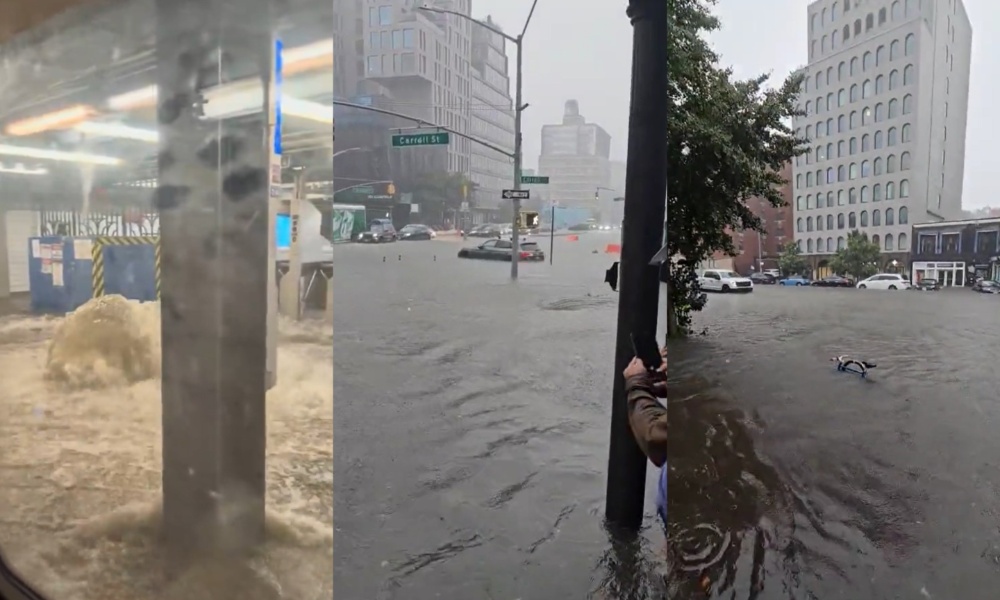Torrential rains hit parts of the Northeast and Mid-Atlantic regions of the United States on Monday, July 14, causing severe flash flooding in New York City and northern New Jersey.

The sudden downpour led to emergency alerts, evacuations, and widespread disruption across both states. By evening, several areas were already flooded, and officials warned that the situation could worsen overnight.
In New Jersey, Governor Phil Murphy declared a state of emergency as rainfall intensified across the state. Authorities urged people to stay indoors and avoid unnecessary travel.
I am declaring a State of Emergency given flash flooding and high levels of rainfall in parts of the state.
— Governor Phil Murphy (@GovMurphy) July 14, 2025
Please stay indoors and avoid unnecessary travel. Stay safe, New Jersey.
Several towns, including Plainfield and Metuchen, were among the hardest hit, with local emergency teams responding to waterlogged streets and affected homes.
#FDR 10 minutes ago. AVOID THE FDR. #flashflooding #nyc #fyp #Bitcoin #news #NewYork #flood #flooding #traffic pic.twitter.com/J2vlnLkLnq
— Aaron Strom (@StromAaron) July 15, 2025
The National Weather Service issued flash flood warnings for all five boroughs of New York City. Heavy rains dropped more than an inch of water in some places by early evening, with rainfall totals reaching 1.67 inches in Staten Island and 1.47 inches in Manhattan’s Chelsea neighbourhood. Forecasts predicted more rain through the night, increasing concerns over rising water levels in low-lying areas.
Lightning striking One World Trade during tonight’s flash flood warning #NYC pic.twitter.com/9O7yj5NnI6
— Max Guliani (@maximusupinNYc) July 15, 2025
City officials in New York advised residents living in basement flats to remain alert and be ready for sudden evacuations. Emergency management services asked people to keep mobile phones, torches, and emergency bags ready in case they needed to move to safer ground quickly.
Both states stayed on high alert as emergency response teams monitored flood-prone zones and worked to ensure public safety. With more rainfall expected, rescue services remained active across affected areas, preparing for any further escalation of the flooding.


